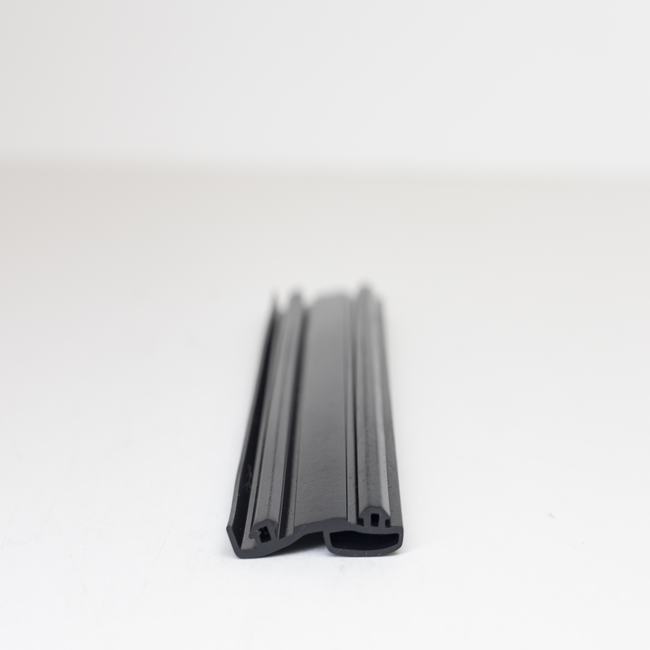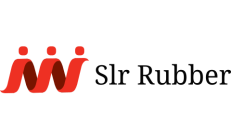Industrial seals are critical components used in a wide range of industrial applications to ensure the integrity, safety, and performance of machinery, equipment, and processes. These seals are designed to prevent the leakage of fluids or gases, protect against contamination, facilitate movement or rotation, and maintain the operational efficiency of industrial systems. In this detailed description, we’ll explore the various aspects of industrial seals:
1. Purpose and Functions:
- Fluid Containment: Industrial seals are primarily used to prevent the escape or ingress of fluids, such as liquids, gases, or powders, in industrial processes. This function is crucial in maintaining the efficiency and safety of various systems.
- Contamination Protection: Seals also serve as barriers against the entry of contaminants, including dust, dirt, chemicals, and foreign particles, which could adversely affect the quality and performance of industrial machinery.
- Environmental Sealing: Some industrial seals are designed to provide environmental sealing, ensuring that the internal components of equipment or systems are protected from the external environment, including extreme temperatures, humidity, and corrosive conditions.
- Shock Absorption: In certain applications, seals play a role in absorbing shocks and vibrations, reducing wear and tear on components and improving the overall lifespan of machinery.
2. Types of Industrial Seals:
- Mechanical Seals: These are widely used in pumps and rotating equipment. Mechanical seals create a dynamic barrier between a rotating shaft and a stationary part, effectively preventing fluid leakage.
- O-Rings: O-rings are commonly used in hydraulic systems, engines, and various other applications to create a reliable, low-cost seal between two mating parts.
- Gasket Seals: Gaskets are used in flanged connections to provide a static seal between two flat surfaces. They come in a variety of materials, including rubber, metal, and composite materials.
- Lip Seals: Lip seals, also known as oil seals, are used to prevent the leakage of lubricants in rotating shafts, such as in automotive engines and industrial machinery.
- Diaphragm Seals: These flexible seals are used in pressure measurement applications. They isolate pressure-sensing instruments from the process media to protect sensitive components.
- Rotary Seals: Rotary shaft seals, like oil seals and labyrinth seals, are used to prevent the escape of fluids and contaminants in rotating machinery, such as pumps, engines, and gearboxes.
3. Applications:
- Manufacturing and Processing Industries: Industrial seals are used in a wide range of industrial processes, including chemical, petrochemical, pharmaceutical, and food processing, to maintain the integrity of equipment and prevent leaks.
- Transportation and Automotive: In vehicles, seals are crucial for various components, such as engines, transmissions, and wheel bearings.
- Energy and Power Generation: Seals are essential in power plants, where they ensure the integrity of pipes, valves, and turbines.
- Aerospace and Defense: Aircraft and military applications rely on seals for hydraulic and fuel systems, as well as environmental sealing in spacecraft.
- Construction and Infrastructure: Seals are used in construction equipment, bridges, tunnels, and buildings to prevent water ingress and protect against environmental conditions.
4. Design and Materials:
- The design and materials of industrial seals depend on the specific application and the operating conditions, including temperature, pressure, chemical compatibility, and movement requirements.
- Common seal materials include rubber, silicone, polyurethane, PTFE (Teflon), metal, and composite materials.
5. Installation and Maintenance:
- Proper installation is essential to ensure the seal functions effectively, and regular maintenance is crucial to monitor wear and tear and prevent leaks or contamination.
- Maintenance can involve inspecting seals for damage, wear, and degradation, and replacing them as needed.
6. Advantages:
- Enhanced operational efficiency and safety by preventing leaks and contamination.
- Increased equipment lifespan by reducing wear and tear.
- Improved process control and reliability.
7. Challenges:
- Seals can degrade over time due to factors like temperature, pressure, and chemical exposure, necessitating replacement.
- Improper installation or selection of seals can lead to failure, leakage, and safety hazards.
In conclusion, industrial seals are essential components in a wide range of industrial applications, playing a critical role in preventing fluid leakage, protecting against contamination, and ensuring the efficient and safe operation of machinery and equipment. Proper selection, installation, and maintenance of seals are vital for the success and reliability of industrial processes and systems.










